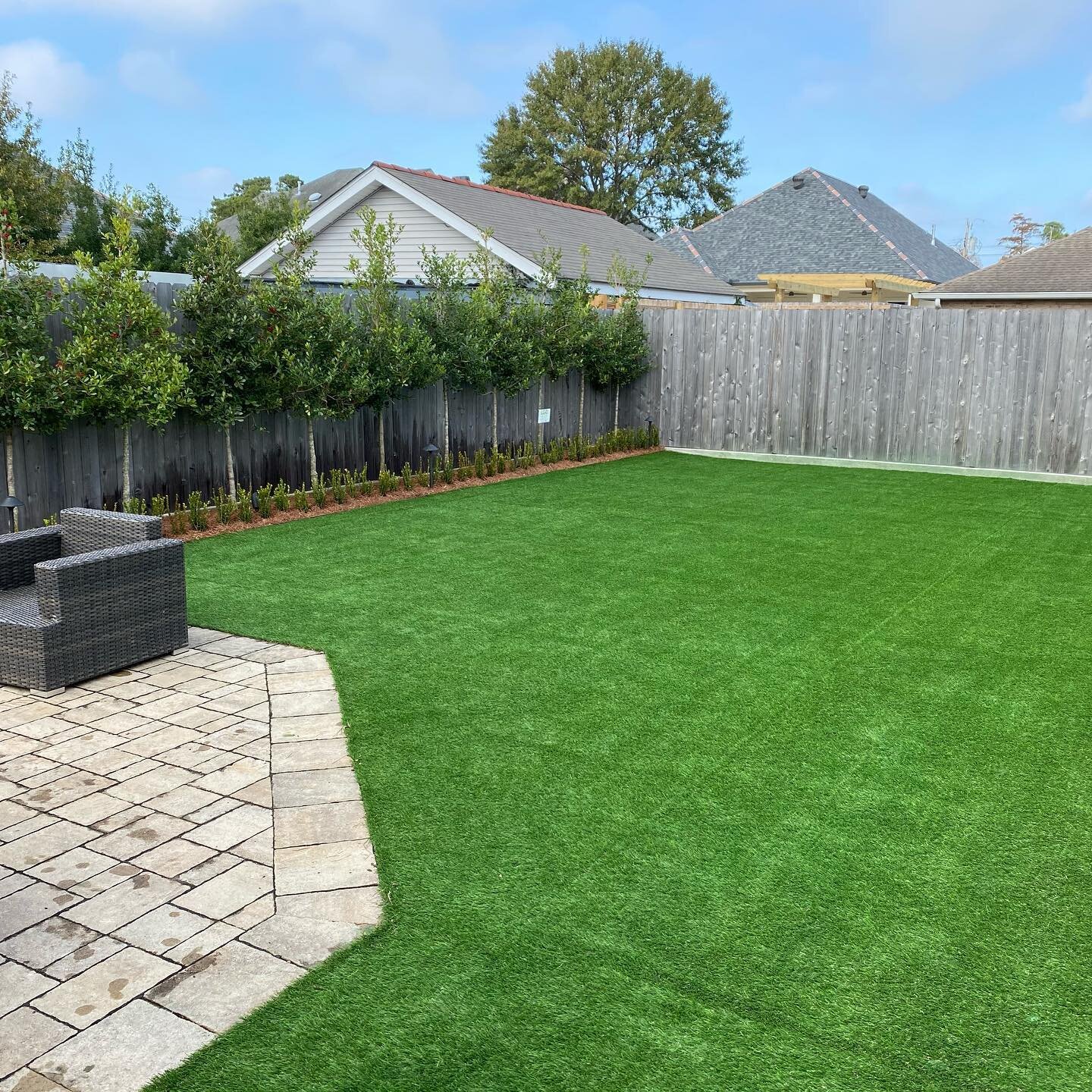Durable Arizona Artificial Turf for Residential and Commercial Applications
Durable Arizona Artificial Turf for Residential and Commercial Applications
Blog Article
Look Into the Environmental Perks of Opting for Artificial Turf Solutions
The fostering of synthetic turf options presents a compelling chance to deal with pressing environmental obstacles. By considerably minimizing water usage and decreasing the application of unsafe chemicals, these options not just promote sustainable landscape design but additionally secure neighborhood communities.
Water Conservation Perks
One of the most significant benefits of synthetic turf is its capability to preserve water. In contrast, artificial turf does not require watering, substantially reducing the overall need for water sources.
By getting rid of the need for routine watering, fabricated lawn adds to sustainable landscape techniques and aids reduce the ecological impact of extreme water intake. Additionally, the preservation of water includes the decrease of overflow, which can result in soil erosion and waterway contamination.
Furthermore, the setup of man-made lawn permits homeowners and municipalities to assign water sources extra efficiently, concentrating on vital uses such as drinking water and farming. The shift towards man-made grass not only promotes responsible water usage however additionally lines up with broader environmental goals intended at protecting natural deposits.
As communities increasingly focus on sustainability, the water preservation benefits of synthetic grass offer an engaging instance for its adoption in property and industrial landscaping tasks.
Minimized Chemical Usage
The shift to fabricated lawn dramatically decreases the reliance on chemical treatments frequently utilized in natural lawn maintenance. Traditional grass management typically includes the application of fertilizers, herbicides, and chemicals to advertise growth and control parasites. These chemicals can position dangers to human wellness, local wildlife, and the environment, adding to soil and water contamination.
In comparison, man-made lawn gets rid of the need for these dangerous compounds. By reducing the launch of artificial compounds into the ecological community, man-made grass advertises healthier soil and water systems.
Additionally, the absence of chemical runoff connected with synthetic turf setups aids secure regional waterways from pollution, sustaining water life and maintaining biodiversity. Arizona turf. As communities increasingly prioritize lasting practices, selecting fabricated lawn provides a practical remedy that straightens with environmental conservation goals. Through this shift, homeowner can take pleasure in lush eco-friendly rooms without endangering eco-friendly health, leading the way for a much more sustainable future
Reduced Carbon Footprint

In addition, the installation of synthetic grass can result in substantial water preservation. All-natural lawns need considerable amounts of water for irrigation, which not just contributes to the carbon footprint related to water removal and therapy but likewise strains local water sources. In contrast, synthetic grass needs marginal upkeep, needing no watering, thereby significantly decreasing water usage and its connected power prices.
In addition, the long life of synthetic grass adds to its lower carbon effect. With a life-span of as much as 15 years or more, the need for constant substitutes is diminished, resulting in much less waste and lower power usage in production and dealing with standard grass options. In general, synthetic grass provides a lasting option for ecologically conscious landscape design.
Habitat Preservation
Environment conservation is an essential consideration in the debate over landscape design choices, especially when comparing artificial turf to all-natural yard. All-natural yard yards usually require substantial upkeep, consisting of using herbicides, pesticides, and plant foods, which can negatively affect regional ecological communities. These chemicals can seep into the dirt and waterways, hurting indigenous vegetation and animals and interrupting local habitats.
Fabricated lawn removes the requirement for damaging chemicals, consequently safeguarding close-by wild animals and maintaining the honesty of surrounding ecological communities. The installation of fabricated turf can lead to the conversion of previous grass areas right into even more biodiverse landscapes, such as pollinator yards or native plant locations, which can sustain neighborhood wild animals.
Ultimately, the shift to synthetic grass not only preserves water and minimizes upkeep initiatives but likewise fosters a more unified partnership between human activities and the native environment, advertising habitat preservation while doing so.
Long-Term Sustainability
Long-lasting sustainability is an essential variable in assessing the advantages of synthetic grass over traditional lawn lawns. One of one of the most substantial benefits of synthetic grass is its toughness; it can last as much as 15-20 years with very little a knockout post maintenance, whereas natural lawn calls for constant reseeding and substitute. This long life minimizes the requirement for constant resources, such as water, plant foods, and YOURURL.com pesticides, which are vital for keeping a healthy turf lawn.
In addition, synthetic grass adds to a reduction in carbon exhausts related to yard treatment equipment. Standard lawns often require gas-powered lawn mowers, trimmers, and blowers, every one of which add to air pollution. Arizona turf. In comparison, synthetic grass gets rid of the demand for such equipment, promoting a cleaner environment
In addition, the manufacturing of artificial grass significantly makes use of recycled products, boosting its sustainability profile. As suppliers embrace eco-friendly methods, the environmental footprint of synthetic lawn proceeds to diminish.

Verdict
The fostering of man-made grass options provides considerable environmental advantages, including substantial water conservation, decreased dependence on dangerous chemicals, and a lower carbon footprint. Furthermore, synthetic grass aids in preserving all-natural environments by reducing land disturbance and advertising long-term sustainability via using resilient products. Jointly, these aspects highlight the possibility of man-made lawn to contribute positively to environmental health and wellness and offer a viable other option to traditional landscape design methods in a significantly resource-conscious globe.
In comparison, man-made lawn does not need watering, substantially reducing the general demand for water resources. By minimizing the launch of synthetic substances right into the ecological community, fabricated lawn advertises much healthier soil and water systems.
Moreover, the installation of synthetic turf can result in significant water conservation. In comparison, man-made turf needs minimal upkeep, calling for no watering, consequently considerably decreasing water use and its connected power expenses.

Report this page